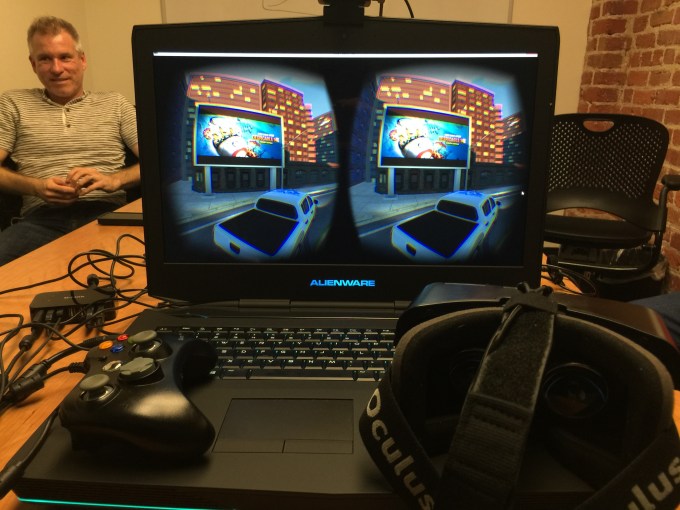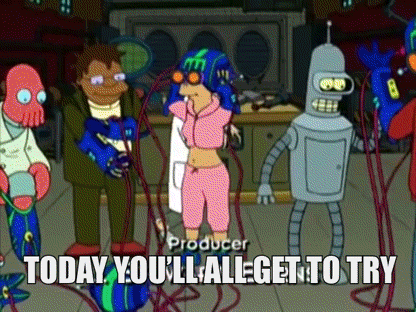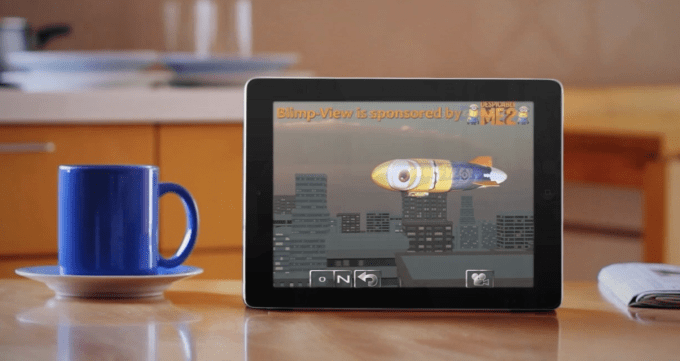
Many virtual reality enthusiasts’ worst nightmares came true earlier this year when it was revealed that Oculus was being acquired.
Here was this fledgling company at the vanguard of a medium long dreamt of but only now feasible for broad consumer release. With a couple of lenses and the guts of a smartphone, Oculus was opening up a portal to new realities.
And then we found out that it would all be under Facebook’s control. Whenever you took 20 minutes to go on a VR adventure, everything would be splattered with ads:

Thus far, most of that fear hasn’t been vindicated. Oculus seems to be operating mostly independently, and with each of its announcements continues to focus on making its hardware better and helping developers make and distribute cool things.
It’s also working with partners like Samsung to let you access virtual reality apps built for its store on different devices that make sense in different contexts. Some VR applications are going to work best when you’re at home, while other experiences will make sense when you’re sitting in a plane seat for five hours.
MediaSpike, a startup that helps developers place products in broadly popular games for iOS and Android, thinks that virtual reality is going to have a broad audience across these different use cases. As such, they’ve tweaked their SDK make it easier to integrate with VR experiences being built with Unity, a popular game engine among indie developers and one of the easiest ways to get started with virtual reality apps (it’s what Samsung showed to developers at its panel on making VR interfaces at its conference a few weeks back).
To go along with the updated SDK, the company has ported the iPad demo app it uses to show off product placement in mobile apps for use with the latest Oculus Rift dev kit.

In the demo, you drive around a small city environment in a truck. Actually, that’s not quite right — you’re behind the truck, and can freely look around using the Rift’s motion tracking. Driving around the city, I saw billboards covered in Despicable Me 2 posters, a movie theater playing the movie, and a large outdoor movie theater playing the film’s trailer on a loop.
It all looked very much like an iPad game in terms of model and texture quality, but the sense of place that the Oculus Rift provides can make any content feel special (kind of like how Safari on the iPad was a novelty in itself for a while). Getting on a on a blimp (sponsored by the movie and sporting a Pepsi can next to the controls), my heart rate crept up a bit at the sight of the buildings and ground below.
[gallery ids="1091802,1091803,1091801"]
My overall impression of the demo was positive. Was it kind of weird to see ads splattered every I went driving around in the city? Not really, because there were fewer than I’d see in the same amount of time walking or driving around in an actual city.
With that said, while the content didn’t turn me off, I had some of the usual nausea that can come with playing a virtual reality game for too long if it requires lots of camera work that doesn’t directly correlate with your movements. I wonder how much of that would lead to aversion therapy-style conditioning — could exposure to brands in early VR (it’s going to be a while until displays can refresh at the rates that really eliminate the motion sickness for most people) actually lead to users becoming physically uncomfortable with ads?